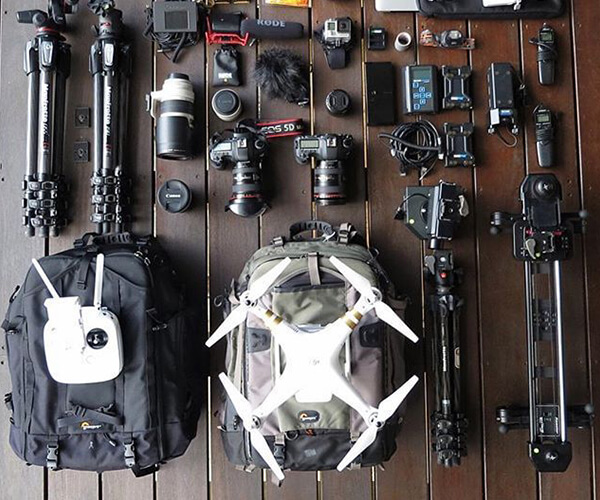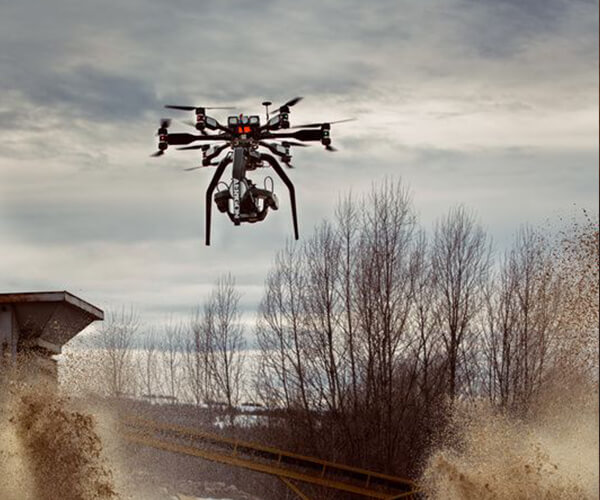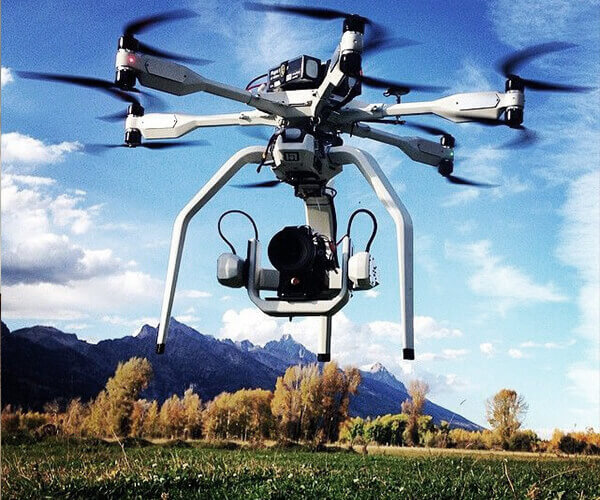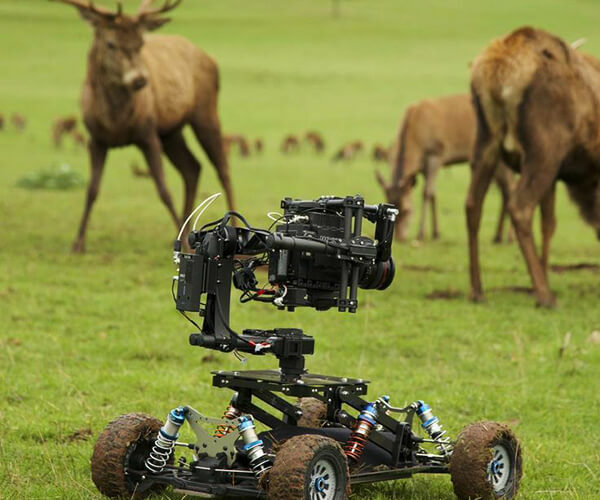AERIAL PHOTOGRAPHER
This checklist applies to large-scale expos, outdoor ceremonies, sports events, etc., defining core responsibilities and operational standards for aerial photographers across event phases to ensure structured and compliant drone operations.
Responsibilities of Aerial Photographers
1. Legal Compliance & Permissions
◆ Obtain airspace permits in advance; verify if the venue is in a no-fly or
restricted zone.
◆ Adhere to local drone laws (e.g., altitude limits, visual line-of-sight rules) and
file flight plans.
2. Gear Inspection & Risk Mitigation
◆ Pre-event drone inspection (batteries, propellers, GPS, obstacle avoidance) to
ensure functionality.
◆ Assess environmental risks (e.g., power lines, crowd density, weather) and plan
emergency landing protocols.
3. Route Planning & Dynamic Shooting
◆ Design flight paths (e.g., orbiting stages, diving through structures, hovering)
and map routes.
◆ Operate drones in real-time to capture pivotal shots (e.g., opening ceremony
overviews, fireworks, crowd formations).
4. Weather Adaptation & Signal Control
◆ Monitor wind speed, rain, and electromagnetic interference to determine safe
flying conditions.
◆ Deploy signal boosters or backup frequencies to prevent transmission loss
and “flyaway” incidents.
5. Team Coordination & Multi-drone Syncing
◆ Coordinate with ground crews to prevent conflicts between drones and
equipment (e.g., cranes, sliders).
◆ Synchronize timecodes and assign separate frequencies for multi-drone
formations to avoid interference.
6. Emergency Response & Troubleshooting
◆ Trigger Return-to-Home (RTH) or manual takeover during malfunctions;
evacuate people below.
◆ Secure crash sites and file incident reports with organizers and authorities
post-crash.
7. Post-processing & Delivery
◆ Curate raw footage, apply color grading, stabilization, and noise reduction.
◆ Deliver final outputs (e.g., 4K videos, 360° panoramas, time-lapse) with
backups to designated storage.
Core Competencies
◆ Drone pilot license (e.g., UTC, AOPA certification)
◆ Basic meteorology and aerodynamics knowledge
◆ Spatial awareness in complex environments
◆ Post-production skills (e.g., DaVinci Resolve/After Effects)
Notes
◆ Mandatory third-party liability insurance pre-flight to cover equipment damage
and injury risks.
◆ Maintain safe altitude (typically ≥30m) over crowds; no low-altitude flights
through audience zones.
◆ Research local airspace regulations for international events (e.g., EU CE marking
requirements).
Note: For large events, assign dual roles: pilot-in-command (PIC) and visual observer (VO) to monitor surroundings and manage communications.



